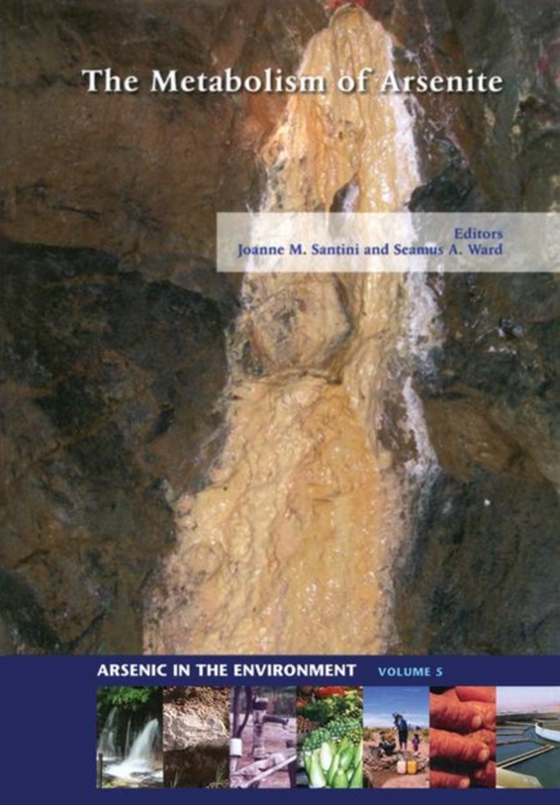
Metabolism of Arsenite e-bog
619,55 DKK
(inkl. moms 774,44 DKK)
Up to 200 million people in 70 countries are at risk from drinking water contaminated with arsenic, which is a major cause of chronic debilitating illnesses and fatal cancers. Until recently little was known about the mobility of arsenic, and how redox transformations determined its movement into or out of water supplies. Although human activities contribute to the release of arsenic from miner...
E-bog
619,55 DKK
Forlag
CRC Press
Udgivet
3 oktober 2018
Længde
218 sider
Genrer
PSBT
Sprog
English
Format
epub
Beskyttelse
LCP
ISBN
9781136319549
Up to 200 million people in 70 countries are at risk from drinking water contaminated with arsenic, which is a major cause of chronic debilitating illnesses and fatal cancers. Until recently little was known about the mobility of arsenic, and how redox transformations determined its movement into or out of water supplies. Although human activities contribute to the release of arsenic from minerals, it is now clear that bacteria are responsible for most of the redox transformation of arsenic in the environment. Bacterial oxidation of arsenite (to the less mobile arsenate) has been known since 1918, but it was not until 2000 that a bacterium was shown to gain energy from this process. Since then a wide range of arsenite-oxidizing bacteria have been isolated, including aerobes and anaerobes; heterotrophs and autotrophs; thermophiles, mesophiles and psychrophiles. This book reviews recent advances in the study of such bacteria. After a section on background-geology and health issues-the main body of the book concerns the cellular machinery of arsenite oxidation. It concludes by examining possible applications. Topics treated are:The geology and cycling of arsenicArsenic and diseaseArsenite oxidation: physiology, enzymes, genes, and gene regulation.Community genomics and functioning, and the evolution of arsenite oxidation Microbial arsenite oxidation in bioremediationBiosensors for arsenic in drinking water and industrial effluents
 Dansk
Dansk

